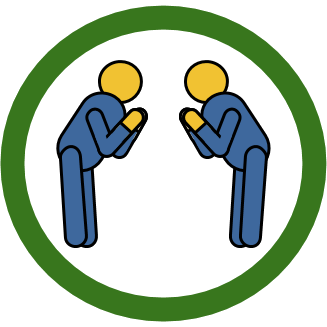Social distancing measures currently keep millions self-quarantined in their homes in an emergency effort to slow the spread of COVID-19 coronavirus. It will only be safe to resume normal work and social activities when we can distinguish those who are infected from those who are not. And this requires testing.
After absurd delays and refusal to use tests developed by other countries, the US is slowly ramping up COVID-19 coronavirus testing. Unfortunately there is still a major disconnect in the nation’s testing strategy: the focus is still on individual testing, instead of mass testing.
It is too late to be testing only when someone is already symptomatic enough to be a suspected case. To detect the silent spreaders and get ahead of the curve, we need to be testing everyone. This requires mass testing — 100s of millions, not thousands — using economical, high-throughput techniques.
One way to multiply test throughput and reduce cost is to use sample pooling, which a research team at Technion University has recently shown to work for COVID-19 testing. Sample pooling enables a large number of samples to be screened at once, using only a few tests. It works by taking a small portion of each sample, and mixing those portions together in separate “pools”. In the illustration above, 64 samples are divided into two pools of 32 samples. Each pool is then tested. If a pool tests negative, then all 32 samples in that pool are considered negative: there is no need to test them further. But if a pool tests positive, then more testing is needed. If it is a small pool, then each sample is re-tested individually (using the remaining portion), to determine which individual samples are positive. But in some protocols, if the pool is still large, it can be further subdivided into another set of smaller pools, and the process repeated. This technique works on large populations that contain relatively few positives, which is what we need for mass COVID-19 screening. There are many variations.
Sample pooling is not the only way to achieve inexpensive high-throughput testing, and it is not applicable to all testing protocols. But it is certainly a technique that should be considered, instead of myopically focusing on individual testing.
Social distancing is an essential emergency measure, to slow the exponential growth of the outbreak. But it is not enough to bring the outbreak under control. To detect the silent spreaders and get ahead of the curve, we need mass testing, and we need it now.
3/27/2020: Edited to better mention social distancing, and to clarify that sample pooling is not applicable to all testing protocols.
